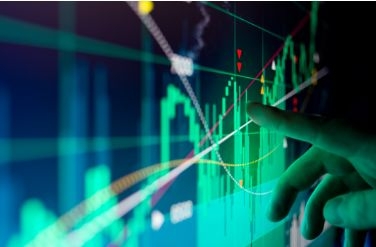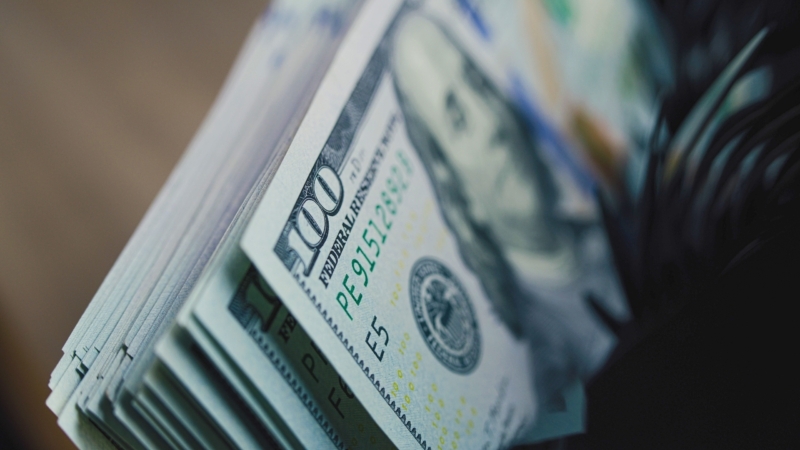Publisher: Maaal International Media Company
License: 465734
Al Rajhi Capital: TASI to hit 12,882 points in 2025, 30 companies to be listed during the year.. This is the target price for their shares
اقرأ المزيد
Al Rajhi Capital revealed its expectations that the Saudi Stock Exchange index will touch 12,882 points by the end of this year 2025, expecting TASI index profits to grow by more than 9% during the year led by banks and other high-growth sectors.
According to the report, structural growth sectors such as healthcare, insurance, information technology and tourism are expected to record double-digit profit growth in 2025. Moreover, no further erosion in petrochemical profits is expected due to the low base for 2024.
According to Al Rajhi Capital, the attractive sectors in the market are banking, healthcare, insurance, leasing/tourism, information technology, while the neutral sectors include petrochemicals, communications, pharmaceuticals, and retail.
Al Rajhi Capital described Loyalty, Dallah, Solutions, and Budget as the most compelling companies, while the other best options were: Sulaiman Al Habib, Bupa, Mobily, Leejam, Lumi, Al Arabiya, Extra, Tam, and the Learning Academy.
The TASI price-to-earnings index is now trading at a historical long-term average of only 19 times, despite the attractive structural growth story, while the dividend yield is above the long-term average.
Regarding initial public offerings, Al Rajhi Capital indicated that after the slowdown in the number of initial public offerings in 2023, 2024 will witness a recovery with 14 new initial public offerings. It is likely that 25-30 initial public offerings will be issued in 2025 and 2026 for each.
It indicated that in the past six years, foreign investors have been net buyers every year. Foreign investor ownership is now over 4% and in terms of average daily market capitalization, the share now exceeds 26%.
The Growth Index has seen returns of over 25% for the second consecutive year and significantly outperformed the TASI.
Global economic growth is expected to remain stable despite tight monetary policy across the globe. Growth is expected to remain steady in 2024 and 2025 at 3.2%.
The US is expected to lead global growth due to strong consumption and a resilient labor market. While the euro is expected to continue its weak economic performance, driven by a recession in Germany in 2024, and modest growth in 2025 (0.8%).
The global fight against inflation is showing significant progress, continuing a downward trend, from 8.6% in 2022 to 5.8% in 2024, and is expected to reach 4.3% and 3.6% in 2025 and 2026, respectively.
Despite previous expectations of another 100bp cut in 2025 as well as recent developments in the US labor market (unemployment rate rising to 4.2%), rising inflation prompted the Fed to change its guidance for 2025. Currently, the median forecast is for only a 50bp cut in 2025. In line with the market, it also expects two rate cuts this year.
However, it believes there is potential for more than two cuts if potential tariffs are lower than expected or if the imposed tariffs weigh on the economy and labor market. On the domestic front, liquidity remains tight with the spread between SAIBOR and the Saudi Interbank Offered Rate this year at around 70bp. We expect 2025 and 2026 to continue to be higher than the long-term average spread driven by demand for loans. The SIBOR is expected to end at 4.88% in 2025 and 4.38% in 2026.
Non-oil GDP has continued to show strong growth momentum since 2020. The latest data shows a 4.3% annual growth in Q3 2024.
Al Rajhi Capital expects non-oil GDP to grow by 4.6% in 2025, mainly due to mega projects and infrastructure expansions across the Kingdom, supported by positive private sector sentiment.
Inflation is expected to remain stable at 2.1% in 2025, supported by macroeconomic and monetary stability.
According to the report, oil prices are expected to range between $73-78 per barrel in 2025. The main positive factor is the Chinese government stimulus packages. On the supply side, non-OPEC production continues to grow, driven mainly by the United States, while OPEC maintains its commitment to market stability.
In contrast, amid positive global sentiment for equities, the TASI underperformed emerging markets mainly due to local/regional factors such as liquidity pressure in the first half, pressure on oil prices and geopolitical concerns.
Aramco, the heavyweight in the index, was under pressure, while ACWA Power and Al Rajhi came to the rescue.
Weakness in the broader market masked the performance of the small cap index, which rose by more than 9%.
The TASI ended the day largely flat and witnessed significant volatility in 2024 under pressure from local factors. In the first half of the year, it was the liquidity pressure caused by the secondary offering of Aramco that led to heavy selling in the broader market, while the second half of the year witnessed pressure from lower oil prices coupled with rising geopolitical concerns. Meanwhile, lower than expected interest rates/delay in the timing of rate cuts in 2024 and the lack of a tangible recovery in petrochemical prices dampened investor sentiment. However, the strong performance of heavyweights ACWA Power throughout the year and the rally in Al Rajhi Bank towards the end of the year were able to offset the pressure in other large cap stocks. • The banking sector, especially Al Rajhi Bank, was supported by the 100 basis point rate cuts by the US Federal Reserve as well as the strong performance of third quarter earnings.








